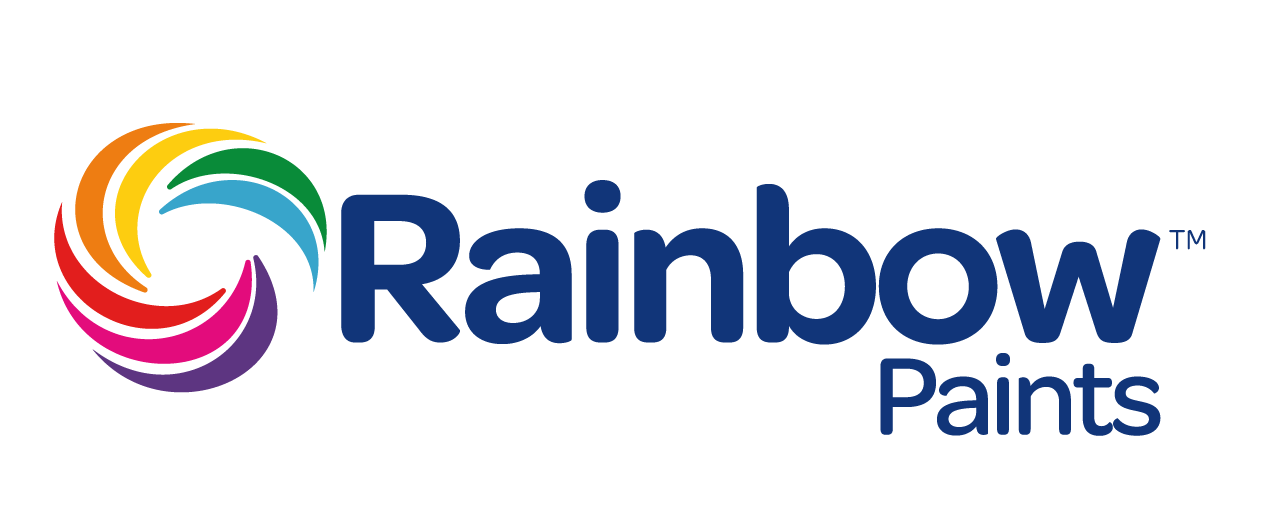This term is used to describe surface powdering of the paint film. It can occur when paint deficient in binder or vehicle is used on surfaces exposed to the attack of weather. Highly pigmented PVAs are likely to disintegrate in this manner.
Another type of chalking takes the form of a fine, white, powdery film that sometimes become apparent on white and light tints. This can be easily removed, leaving the color and gloss of the paint film unimpaired. The process will continue throughout the life of the paint coating.
Some paints are formulated to chalk in this way, thus continually presenting a clean surface and minimizing the amount of preparation required before repainting.
Chalking may also occur if the paint film has been adversely affected by alkalinity, moisture, etc. during drying. Heavy chalking usually indicates that the paint film has “perished” and needs removing.
Possible Causes:
- Use of low-grade, highly pigmented paint.
- Use of an interior paint for an outdoor application
- Exposing a three year coating for 6 years.
- Paint acrylic primers on walls with moisture contents of higher than 15%.
- Paint coating thinned with water will show marks of chalk in short period of time.
Substrate:
Masonry, gypsum plaster, masonite/hard-board, woodwork and metal.
Solution:
- Abrade the surface with a detergent Solution and a scrubbing brush, rinse off with clean water and allow 24 hours drying.
- Apply selected Rainbow Paints topcoat.
- In the case of masonry and gypsum plaster, before applying the Rainbow Paints topcoat, apply one coat Rainbow Bonding Liquid to ensure a sound surface for the topcoatto adhere to.
